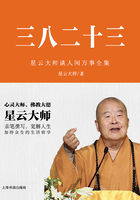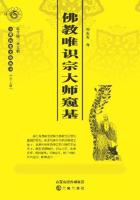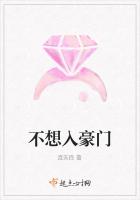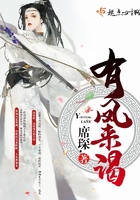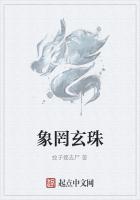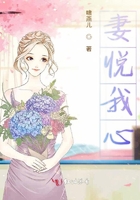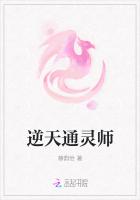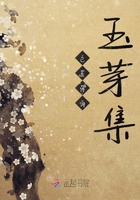Among the foreign envoys in these paintings,one can find Korean officials characterized by wearing a headdress decorated with two upright feathers.For example,in the painting of Vimalakirti and Manjushri’s meeting in Cave 335,dated to 686 A.D.,there are two figures on the fight just below the Vimalakirti wearing the feathered hat.We know from the historical records and Koguryo mural paintings that the fashion of wearing the feathered hat WaS of Korguryo origin.It can be seen in the mRrals of the Tomb of Twin Pillars and the Tomb of Dancing Figures.Also,it appears again in the Tang murals of the Prince Zhanghuai’s tomb near Xi’an dated to the early eighth century.It seems that a model of foreign envoys existed in the early Tang and that the painters continued to copy them.
There are several extant versions in the depiction of foreign emissaries,one at Nanjing Museum and two at Palace Museum in Taipei.One can see clear distinctions between the envoys of Koguryo,Paekche and Silla.and Koguryo envoy wear8 two pronged feathers.Therefore,it seems that Tang Chinese represented Koreans with figares in Koguryo costumes with feathered caps.In regards this problem,we know two Korean envoys were depicted in the wall paintings in the palace building at Afrasiab of ancient Sogdiana wearing feathered caps.The historical record tells that Koguryo people were brought to China after the kingdom fell to the allied forces of Tang China and Silla.Majority of them remained in the Liaotung area and later founded Pohai,and some hish official lived in Chang’an.Others served in Tang military to protect the western frontiers,such as Koguryo descendant General Gao Xian—zhi who led the Tang expedition as far as to Sogdiana and was defeated by Arabs at Talas in 751.
The Koreans wearing the feathered hats also appear on a cover of a silver case discovered in 1979 at Xi’an.On the top of this case,there are seven compartments,each giving the names of the neighboring countries of China including Ko(gu)ryo.In the compartment of Koguryo.there are figures depicted with two—pointed headdresses.
It is assumed that even after Koguryo fell,Chinese depicted KoreaRS in the forms of Koguryo people.who were tIle strongest among the Three Kingdoms and had fought on its northerfi frontier with Tang Taizong’s army.Once the stereotype of Koreans was established the same figures reappeared in the Dunhuang murals even after the Unified Silla Was established in 668 A.D.
敦煌壁画中的朝鲜外交使者
Lena Kim
(Hongik University,Korea)
众所周知,资料证明敦煌莫高窟第220窟开凿于公元642年。在该窟的东壁有一幅描绘维摩诘居士和文殊菩萨论法的壁画。这个场景来自《维摩诘经》,《维摩诘经》从它出现早期就开始在中国佛教艺术上非常盛行。在众多描绘这部经文的壁画实例中,第220窟特别重要,因为在此窟中第一次将唐朝皇帝及侍从,还有外国使者作为听众画在壁画中。自7世纪唐太宗取得一连串军事胜利后,外交使者开始向唐王朝进贡。唐朝皇帝还命令著名的宫廷画家阎立本描绘外国使者。阎立本的绘画似乎为敦煌壁画中的那些外国使者提供了模式。这种描绘达官贵人和外国使者的形式被延续了下来,比如在第335窟、第159窟、第138窟等等。
在这些绘画中的外国使者里,我们可以发现朝鲜使者的特征是头戴装饰着两支竖立羽毛的帽子。例如,在开凿于公元684年的第335窟中,绘有一幅描绘维摩诘居士和文殊菩萨论法的壁画。在维摩诘帐下靠右边有两个戴着插有羽毛帽子的人物形象。我们从历史记载和高丽壁画得知这种插有羽毛帽子的样式源于高丽。在the Tomb of Twin Pillars壁画和the Tomb of Dancing Figures壁画中可以看到实例。在西安附近已确定为8世纪早期的章怀太子墓中的唐代壁画中也出现了这种人物形象。这些形象似乎成为初唐存在的外国使者的绘画模式,而且画家们一直沿袭这种形式。
现存的几幅描绘外国使者的作品,一幅存在南京博物馆,两幅存在台北故宫博物院。从中可以看出高丽使者、百济使者、新罗使者之间明显的差别。高丽使者头戴两支尖头的羽毛。因此,唐代中国人用这种头戴插有羽毛帽子的高丽服饰的人物形象来表现朝鲜人物。关于这个问题,我们知道在古索格底亚那康国都城遗址宫殿建筑物的壁画上绘有两身头戴插有羽毛帽子的朝鲜使者。据历史记载,高丽王国被中国唐王朝和新罗联合军队打败后,高丽人民被带到了中国。这些人中的大部分留在了辽东地区,并建设渤海地区。一些高级官员在长安定居。另外一些人在唐朝军队服役驻守西部边防。如曾带领唐朝军队远征索格底亚那,公元751年在达拉斯被阿拉伯击败的高丽后裔高仙芝。
戴羽毛帽饰的朝鲜人形象也出现在一只1979年在西安发现的银制花瓶的表面。在这只花瓶的顶部分成了七个部分,每一部分都命名为包括高丽在内的与中国临近的国家。在命名高丽的这部分有几身戴着两个叉的头饰的形象。
我们可以推断,高丽衰败以后,中国人以高丽人形象刻画朝鲜人。高丽曾是三个王朝中最强盛的。与唐太宗的军队在北部防线作战。朝鲜人物形象的模式一旦建立,即使在公元668年统一的新罗王朝建立后相同的形象还在敦煌壁画中出现。
Yamatoe at Dunhuang?
Mimi Yiengpruksawan
(Yale University)


